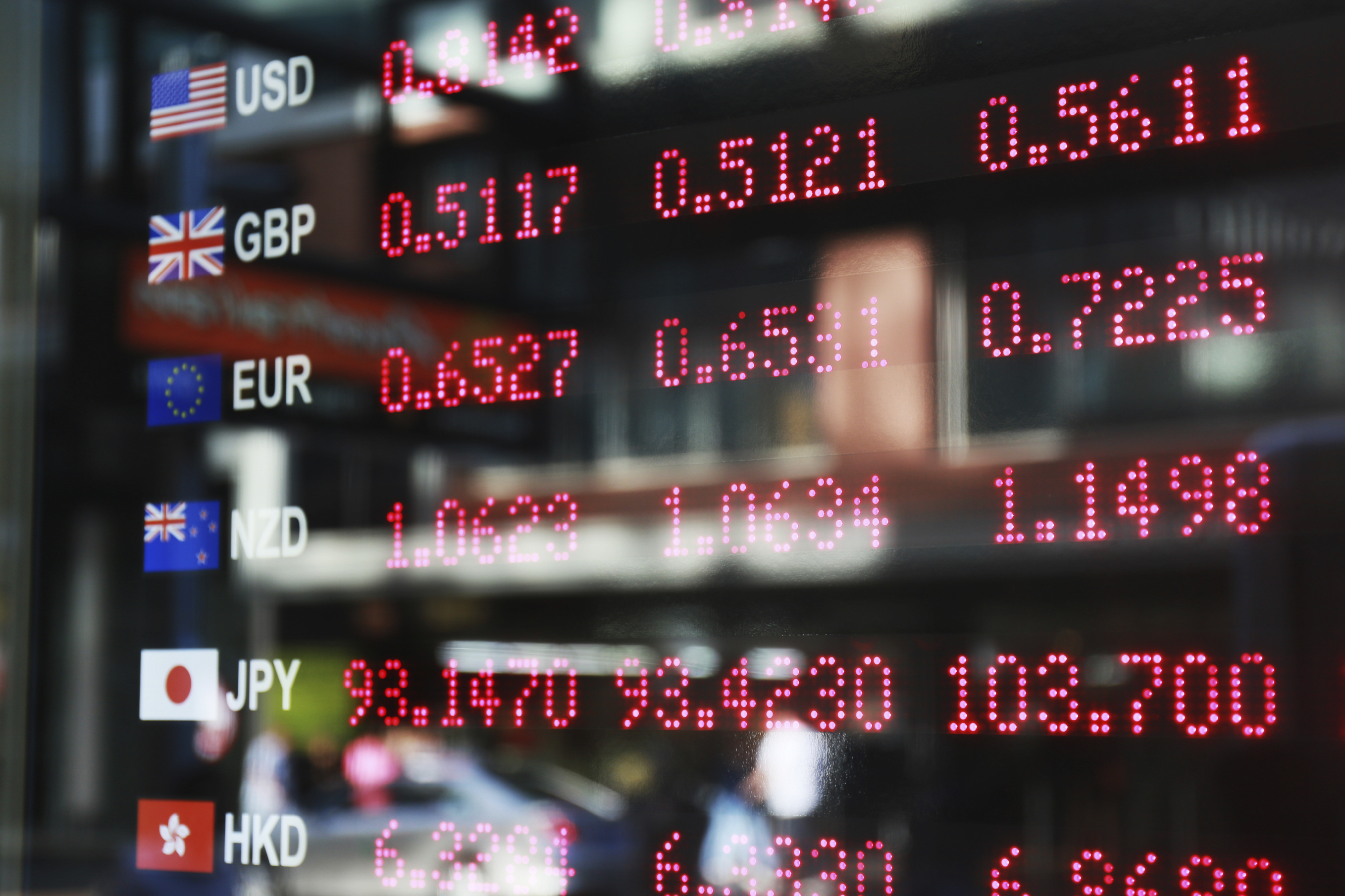The Tips for Beginning Traders
In the rapid world of foreign exchange trading, it can be overwhelming for beginners to find their footing. The foreign exchange market is not only the largest financial market in the world, but it also functions around the clock, presenting a unique blend of opportunities and challenges. For those just starting out, grasping the basics and developing effective trading strategies is essential to traverse this complicated environment smoothly.
This guide aims to provide new traders with essential insights into the art of currency trading. From learning how the Forex market works in easy terms, to exploring diverse trading strategies, we will explore key topics that can help you create a solid foundation. We will address the significance of managing risk, how economic news affects trading decisions, and the psychological aspects that can affect your trading success. Whether you are interested in day trading or swing trading, this comprehensive guide will provide you with the knowledge you need to begin your Forex journey with self-assurance.
Understanding Foreign Exchange Basics
Forex, also known as foreign exchange, represents the biggest financial market in the globe, where money are exchanged with one another. Trading pairs, such as EUR/USD or GBP/JPY, represent the worth of one unit of currency in relation to another. Unlike stock markets, the Forex market operates 24 hours a day, five days a week, enabling participants to buy and trade currencies at any time. This constant stream of trading is driven by international economic factors, interest rates, political security, and market speculation.
At its heart, Forex trading involves guessing on currency price changes. Investors aim to profit by acquiring a currency pair when they think the base currency will increase in worth against the quote currency, and offloading it when they anticipate a drop. Understanding the idea of pips, which measures price movements, and spreads, which represent the difference between purchase and offering prices, is vital for maneuvering through this market successfully.
Leverage is a critical aspect of Forex trading, enabling traders to control bigger holdings with a relatively small monetary investment. Although leverage can greatly increase profits, it also increases the risk for losses, making risk management a vital aspect of effective trading. New investors should acquaint themselves with leveraging practices and the necessity of establishing stop-loss and take-profit orders to protect their investments in this dynamic market.
Effective Market Trading Strategies

Successful Forex trading hinges on employing effective strategies that can adapt to shifting market conditions. One commonly used technique is day trading, which entails making numerous trades within a individual day to capitalize on short-term price movements. Click here for info depend on technical analysis and real-time data to conduct swift trades, typically using indicators like Moving Averages and RSI to inform informed decisions. This strategy demands a sharp sense of timing and a commitment to watching the market consistently throughout the trading day.
Another well-respected strategy is swing trading, which focuses on larger price movements over several days or weeks. Hop over to this website use a blend of both technical and fundamental analysis to identify opportunities, commonly entering positions when a currency pair shows clues of turnaround or momentum. This method allows traders to keep positions longer and conceivably benefit from greater price shifts, minimizing the need for constant market monitoring. It is crucial for swing traders to implement strong risk management techniques and identify target levels to enhance profits.
For those seeking a more systematic approach, implementing a trading plan built on historical testing strategies can be favorable. This method involves analyzing historical data to evaluate the effectiveness of a chosen strategy before applying it in real markets. By refining tactics based on past performance and developing a clear risk-to-reward ratio, traders can formulate a coherent approach that aligns with their financial goals. Remember, the key to success in Forex trading is not just about selecting the right moment to initiate the market, but also maintaining a well-defined strategy that governs your process.
Handling Dangers in Foreign Exchange Trading
Efficient risk oversight is crucial for success in Foreign Exchange trading. New traders frequently undervalue the effect of defeats on their trading accounts, which can result in irrational decision-choices and hasty trades. Determining a risk tolerance level is critical; traders should aim to expose only a limited percentage of their investment on any single trade, usually around one to 2 percent. This discipline helps protect the account account and facilitates for permanence in the market, especially during difficult conditions.
Using stop-loss and take-profit orders is another vital aspect of hazard management in Foreign Exchange. A stop loss order acts as a safety net, automatically terminating a trade when the trading environment moves against you by a set amount. On the other hand, take profit orders help protect gains once a trade attains a certain profit level. Applying these tools enables traders to manage potential losses and maximize profits without constantly watching their positions, which can reduce psychological stress associated with the activity.
Additionally, understanding the importance of the risk/reward ratio can greatly impact a trader's success. This ratio helps assess the potential profit of a trade relative to the sum risked. A recommended practice is to aim for a risk-to-reward ratio of at least 1 to 3, which means for every dollar risked, the potential profit should be 3 units. By repeatedly applying this guideline, traders can ensure that even if they incur setbacks, a few winning trades will keep them successful in total.